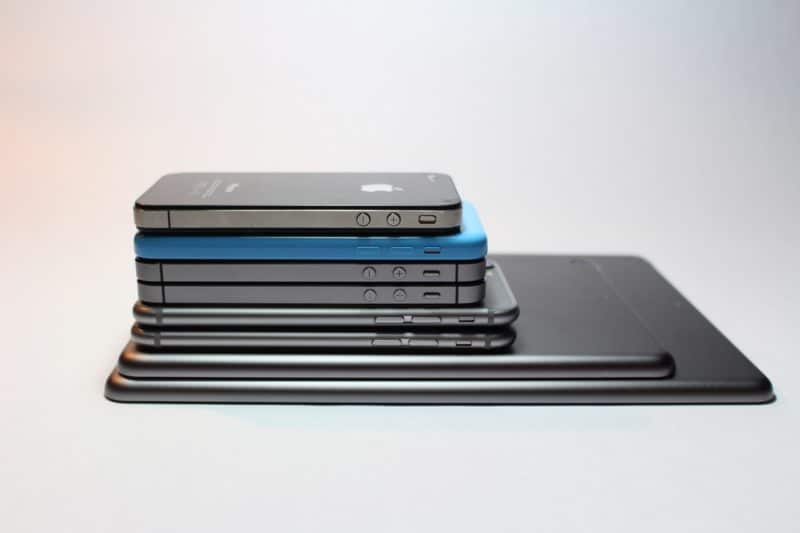
Addressing Testing in the Face of Device Fragmentation

Adam Creamer
Despite what may feel like a constant wave of innovative tech in recent years, the reality of wireless networks is that the infrastructure that propels our favorite apps has stayed relatively unchanged in the past decade. Deployed in Scandinavia as the first decade of the new millennium came to its conclusion, telecommunications companies have constantly pushed the limits of 4G to inspire industry-changing applications, with high-speeds that allow 4G users to download gigabytes of data in minutes (rather than the hours that 3G networks required). High-definition video streaming, seamless video conferencing and the proliferation of wireless hotspots have taken off in the 2010s, all thanks to 4G.
With everything that’s been accomplished through the 4G infrastructure, the fifth generation’s (5G) impact on cloud computing has the telecommunications industry’s attention. Remember those high-speeds of 4G tech? Test environments have calculated 5G at numbers as high as 1 terabit per second, over 65,000 times the speed of 4G. With typical market expectations at a consistent data transfer speed, software developers and their respective businesses are undoubtedly eager to maximize their opportunities with 5G technology. Developers, in particular, may be curious as to how 5G will transform key tasks like mobile device testing going forward. With over 1.4 billion devices expected to be on the 5G network by 2025 and over $12 trillion of global economic output, any forward-thinking developer has to be focused on what 5G can do for their business. Let’s look at what we can anticipate with the 5G revolution, and what software and mobile developers can expect when integrating their products into the nascent 5G infrastructure.
Developers can expect for 5G cloud computing to radically impact their outlook on mobile app software development and testing, but what specific changes can businesses rely on beyond increased data speed?
First off, you can expect latency times to be drastically cut down (from roughly 50 milliseconds with 4G to around a single millisecond with 5G). This latency relief will prove particularly powerful for AR/VR-based mobile apps. By using higher radio frequencies and shorter wavelengths, higher precision is possible for GPS-enabled mobile apps that rely on pinpoint accuracy. 5G also has tremendous capability for IoT (the Internet of Things) by allowing for a massive amount of devices (as many as one million) to be connected within a .38 square mile space. Battery life can see a major overhaul as well, as users will be able to support mobile apps for a longer period of time, ultimately proving beneficial for developers.
Everything from industrial-based IoT to cloud enhancements are possible with 5G. Everything is on the table, and mobile app developers looking ahead to automotive connectivity, wireless eHealth, or even smart city and municipal applications will have the opportunity to carve out their space in the 5G mobile app community.
Currently, many of the questions surrounding 5G testing pertain to the network, rather than the countless apps that will eventually utilize it. Testing has been addressing mmWave signal propagation, walk tests and stationary tests, signal diffraction and other concerns. App developers can acquire 5G testbeds to perform design validation, and particularly working with signal distribution and issues at a physical level.
Until it’s the predominant infrastructure, the 5G impact on industry mobile testing will be bridged by a mixture of 5G and legacy networks. This mixed network environment will require ample testing to fully understand mobile app interaction and performance across multiple settings. Common issues that are expected include packet reordering, which some anticipate having undesirable delays in transferring downlink packets to a particular access point.
Some using the Verizon 5G networks have complained of issues in their tests surrounding buffer bloat, with devices slowing to a relative crawl of 5,000-8,000 milliseconds of response time when backing up information and also performing a task like uploading content to Instagram. Furthermore, testing will have to account for congestion as 5G becomes more and more popular, with the transition from LTE putting additional pressures on the network over time.
Testing for these concerns will be a challenge for developers, and the impact that 5G will have on cloud computing and the industry as a whole will see dynamic swings as the network takes off. Software developers keen on testing their apps to the fullest potential will ultimately have to grow with the 5G network, but the possibilities are enticing to say the least.